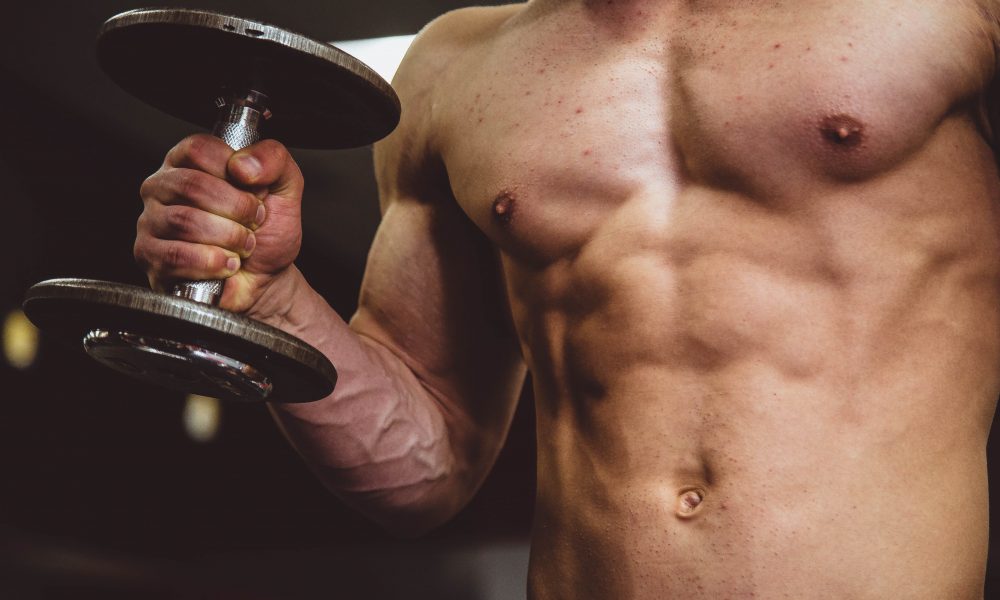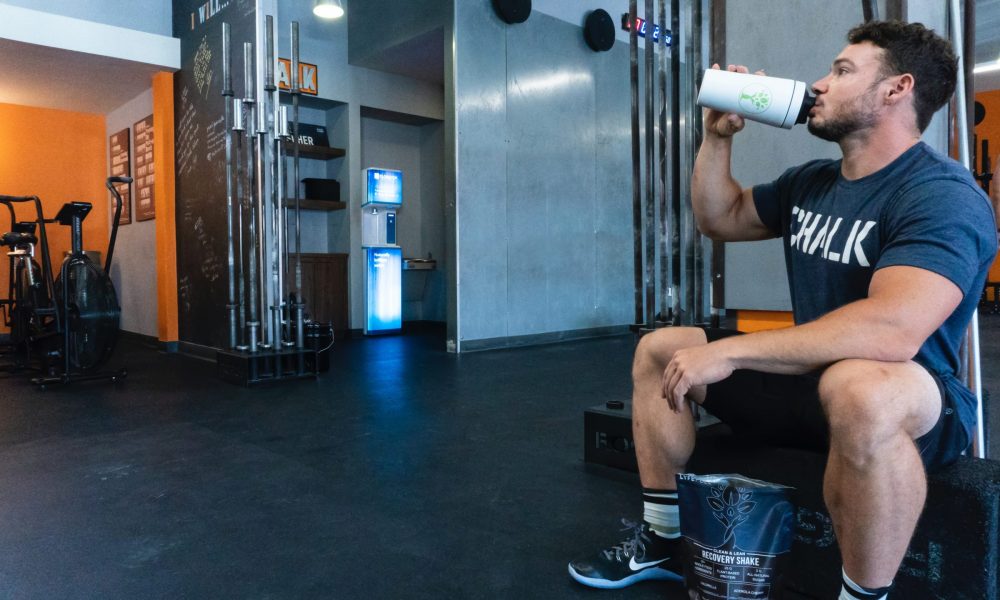How much protein can your body even digest and absorb in one sitting? This is a commonly misunderstood concept thanks to internet bros who continue to say things like your body can only use 30 grams of protein and the rest gets pooped out, blah, blah, blah.
This is not true and anyone that tells you this is more full of crap than a constipated pig at buffet bathroom.
You see, your body absorbs pretty much all the protein you eat, not always all at once, but it eventually absorbs and digests nearly every bioavailable gram you eat (1).
Of the protein absorbed, about 50% is stored temporarily in organs like the liver and stomach. 10% of is used to build muscle. And the remaining 40% is used to build things like neurotransmitters or gets burned off or stored as fat.
The common misconception about how much protein you can absorb in one sitting is often confused with how much protein your body can use to build muscle in one sitting. That’s where things get interesting.
As I mentioned, your body will use about 10% to build muscle through the process called muscle protein synthesis (MPS), but this doesn’t mean it can use an unlimited amount. The maximum amount is around 20-40 grams per sitting (3).
So if my body can only use 20-40 grams per sitting, wouldn’t it make sense to just to like, you know, take a scoop of protein powder every hour to get as jacked as the incredible hulk?
Unfortunately no.
Studies show after MPS has been maximally stimulated in one sitting, having additional protein doesn’t spike it higher (4). This is known as the muscle full effect or the refractory period where MPS can’t be stimulated for at least another 2 hours.
In one study, researchers tested 80 grams of protein distributed in 3 different conditions, 8 servings, 4 servings, and 2 servings (5). The 4 serving group displayed the greatest effect on MPS which lines up well with what we know about the muscle full effect.
About 4 feedings of sufficient protein per day seems to be most optimal within the average 16 hours you’re awake. This is called protein-spread theory and if it’s true, it should result in more muscle with 4 feedings compared to smaller numbers.
However, protein-spread theory is quite controversial because when you look at research that measures actual muscle size instead of just MPS, the theory doesn’t hold up too strong.






